Active composites obtained by merging a conventional soft matter actin gel with energy consuming microtubule bundles that generate active stresses leads to emergent properties not present in the individual systems.
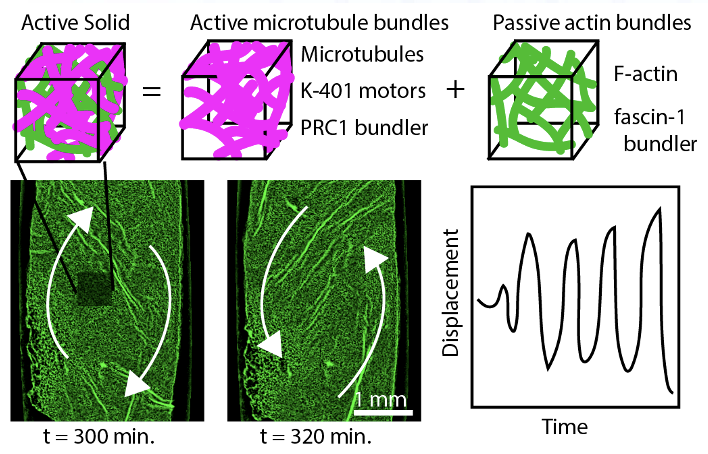
Active composites obtained by merging a conventional soft matter actin gel with energy consuming microtubule bundles that generate active stresses leads to emergent properties not present in the individual systems.
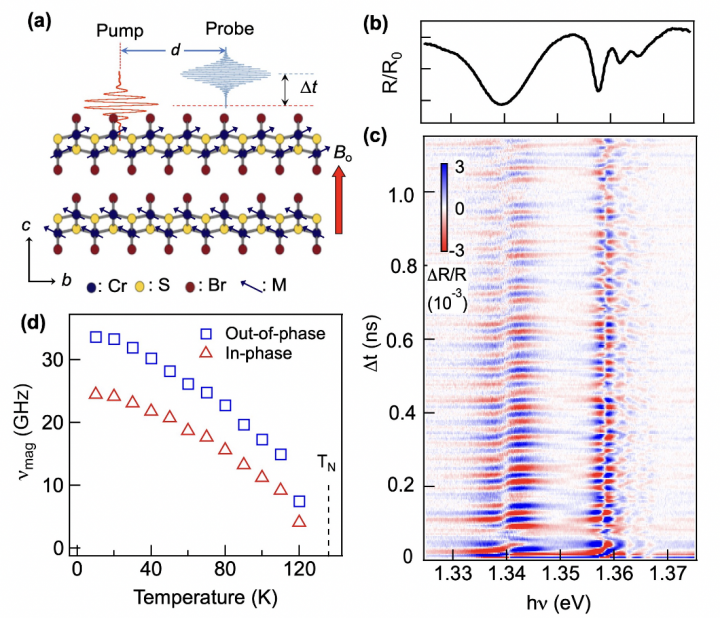
One exciting application of magnetic materials is the use of coherent magnonsas energy-efficient information carriers in spintronicsand magnonicsor as interconnects in hybrid quantum systems.
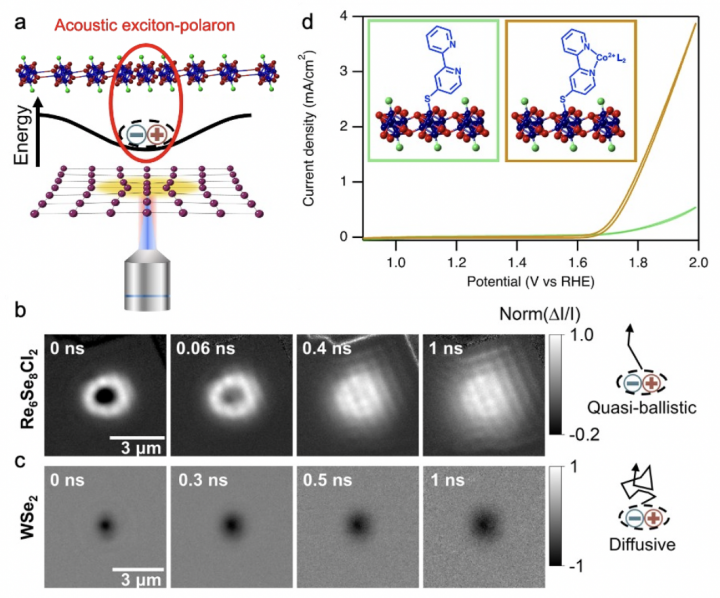
The transport of energy and information in semiconductors is limited by scattering between electronic carriers and lattice phonons, resulting in diffusive and lossy transport that curtails all semiconductor technologies.
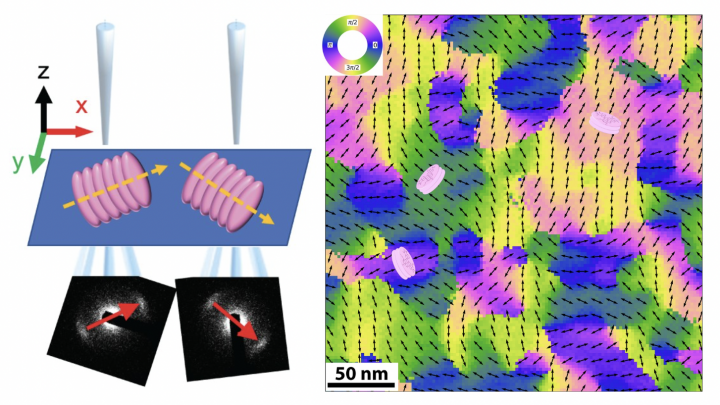
Textbooks say that glasses are structurally disordered and isotropic, meaning that their constituent molecules don’t’ form a repeating pattern and point in random directions.
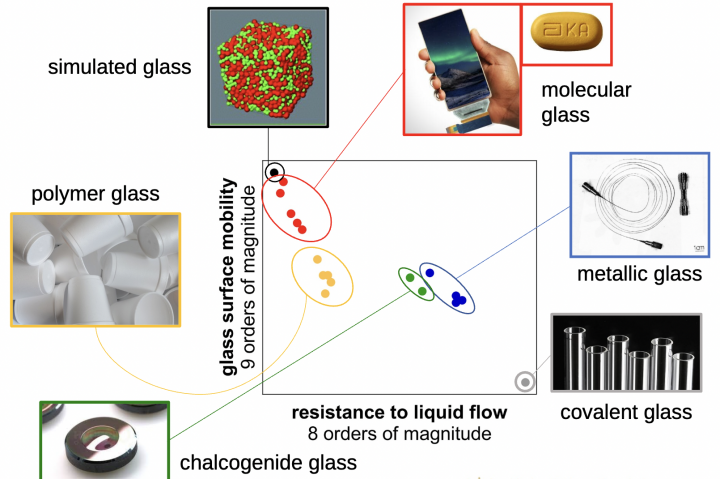
Materials scientists use rules that hold across different kinds of materials as powerful tools to understand material’s fundamental behavior, to predict their properties and performance, and to design new materials.
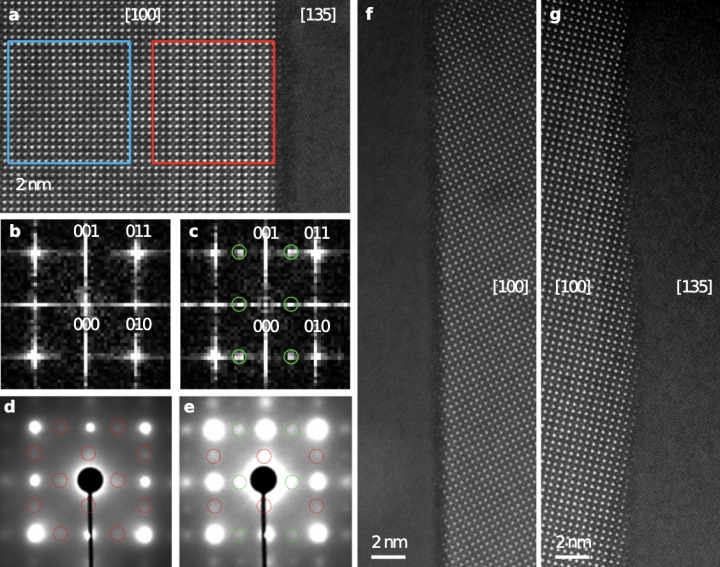
The main achievement of this research is revealing the atomic-scale origin of the low grain-boundary (GB) resistance in Li0.375Sr0.4375Ta0.75Zr0.25O3 (LSTZ0.75) perovskite solid electrolyte and providing insights on overcoming the ubiquitous bottleneck of high GB resistance in other oxide solid electrolytes.
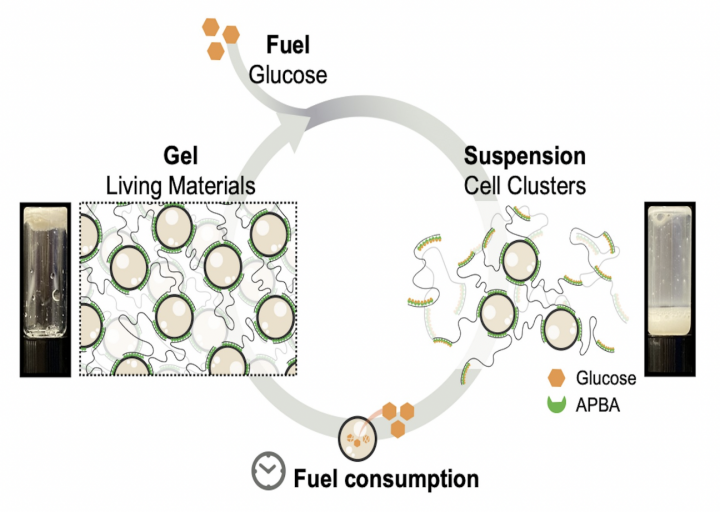
The first example of synthetic living material featuring dissipative behaviors directly controlled by the fuel consumption of their constituent cells.
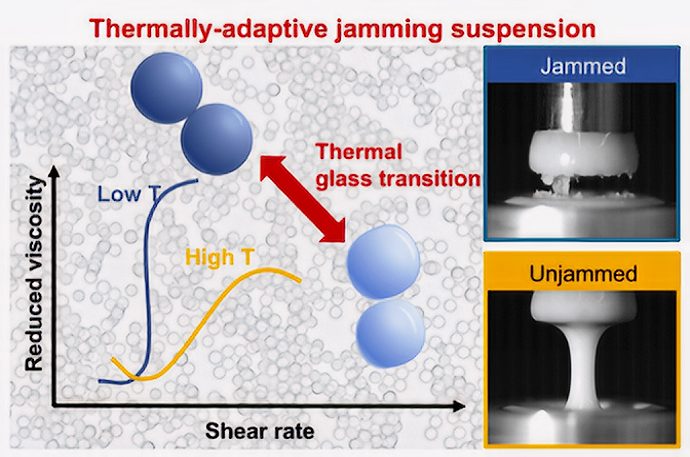
A collaboration between the de Pablo, Rowan and Jaeger groups at the University of Chicago developed a novel class of suspensions with stimuli-responsive polymer particles to be able to transition reversibly between liquid to solid behavior in response to temperature,
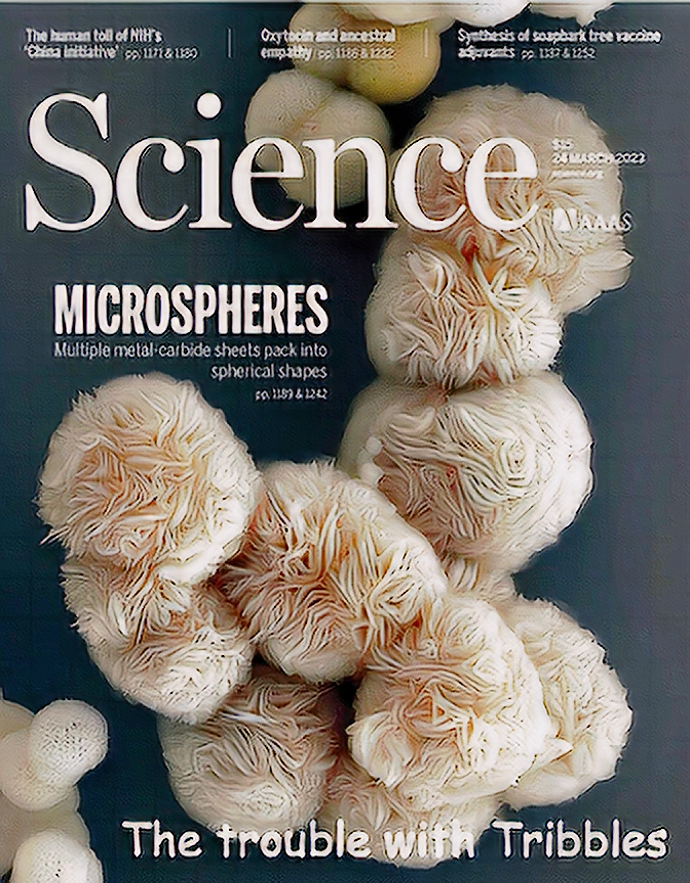
Novel chemical reactions enable scalable and atom-economic synthesis of two-dimensional metal carbides and nitrides (MXenes). These directly synthesized MXenes from the University of Chicago show excellent energy storage capacity for Li-ion intercalation.
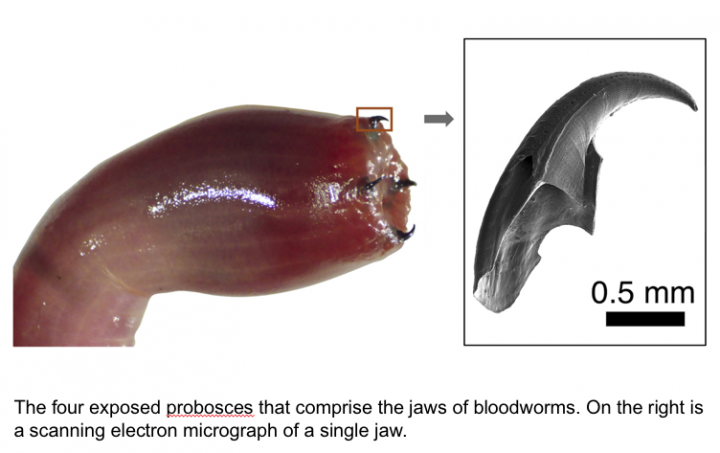
The key protein that helps bloodworms form copper-based mineral composites to make very strong jaws has been identified along with the several functions that it serves.